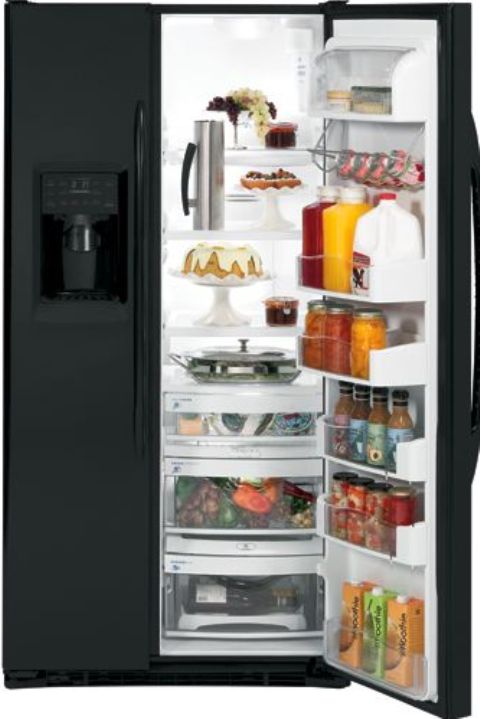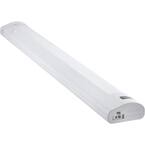

More troubleshooting will be needed as you could even need a board (or alternately, just an inexpensive part like a door latch).Īnd you can try to narrow down on the defective part by entering the diagnostic mode on your appliance –if available).įrigidaire dishwasher diagnostic mode (How to enter) Some dishwasher models flash lights due to a part such as a thermistor or the touchpad short circuiting (touch control panel shorting out is a pretty common cause of the issue). Obviously, latching the door could be all you need to do to eliminate the problem. If you set the delay start option and somebody unlatches the door, the indicator lights could start to continuously flash. Turn off the unit and touch every button (try to fiddle with the stuck button until it’s back to normal position) 6. Note that the lights could be indicating that the door has been opened while a cycle was running. Try to cancel the cycle and start again (check your Owners Manual for the instructions specific to your model). Take the unit apart and re-install the components properly. New parts have been installed (and the appliance is yet to ‘read’ them) Troubleshoot electrical power supply to the unit (start with the breaker/fuse box).

Power surge has occurred (or electrical power supply has some other problem) Quick Tip: Don’t close without selecting a cycle first (this is a known cause of the issue at times). If the latch is okay and no soap buildup is causing closing problems, the closed door sensor might not be functional. Shut the door – push in on the dishwasher’s door while pressing start (the idea is to make sure the door switch is indeed closing). Here are common causes and solutions for the issue of blinking / flashing lights (there may be beeps in some models as well) on a dishwasher.īear in mind that you try them only if reset fails to help. This typically resets the appliance’s electronic components and restores normal functioning (pros call this a hard reset).ĭoes it work? If it doesn’t, below are other general troubleshooting ideas… Dishwasher lights flashing and will not start – other fixes worth trying Well, as your first step, try to disconnect power to your dishwasher for 2 to 3 minutes. In fact, you can easily fix the fault in just 5 minutes (occasionally). The truth is, the issue may not be as serious as you might think. So you want to read it to the end if you are at your wits end with this problem.ĭishwasher lights flashing and will not start – fixes and other troubleshooting ideas (general and model specific) We will share troubleshooting tips to help you fix your dishwasher if it has suddenly started to flash lights and won’t start in this guide.

Most dishwasher models are designed to start flashing one or more lights to warn about faults or errors (or to inform users that certain processes, for example, a reset procedure are currently in progress). If the dishwasher has a Sani-Rinse option instead of a Sani-Wash, Sanitize or Anti-Bacteria wash cycle, you may want to take a look at our Dishwasher - Sani-Rinse Option article.As an Amazon affiliate, we earn a commision from qualifying purchases. If the Sanitize light is not on, please check out the Dishwasher - Sanitized Light Not On at End of Cycle article. In these cases, the Sanitized or Cycle Sanitized light will not illuminate at the end of the cycle. If the cycle is interrupted during or after the main wash portion or if the incoming water temperature is so low that adequate water heating cannot be achieved, the sanitizing conditions may not be met. If Heated Dry is not used, there will be a short cool down period and then the Sanitized light or Cycle Sanitized will display. If Heated Dry is used, the dry cycle will run and then the Sanitized light or Cycle Sanitized will display. When the sanitation process is successfully completed, the Sanitized Light will illuminate or a Cycle Sanitized message will display. The cycle length will vary depending on the temperature of the water going into your dishwasher. This option raises the water temperature in the final rinse to sanitize your dishware and may increase the cycle time by up to 60 minutes. How the Sanitization Cycle Works (also called the Sani-Wash, Sanitize, or Anti-Bacteria cycle): Our certified residential dishwashers do not meet NSF Commercial standards and are not intended for licensed food establishments. To meet NSF Residential (National Sanitation Foundation) requirements, the dishwasher will run until the water temperature inside the dishwasher reaches approximately 150 degrees Fahrenheit. Sanitation is achieved using a high-temperature rinse that is designed to meet NSF 184 Residential standards. The Sanitization wash cycle on a dishwasher is certified to reduce 99.999% of bacteria on dishes.


 0 kommentar(er)
0 kommentar(er)
